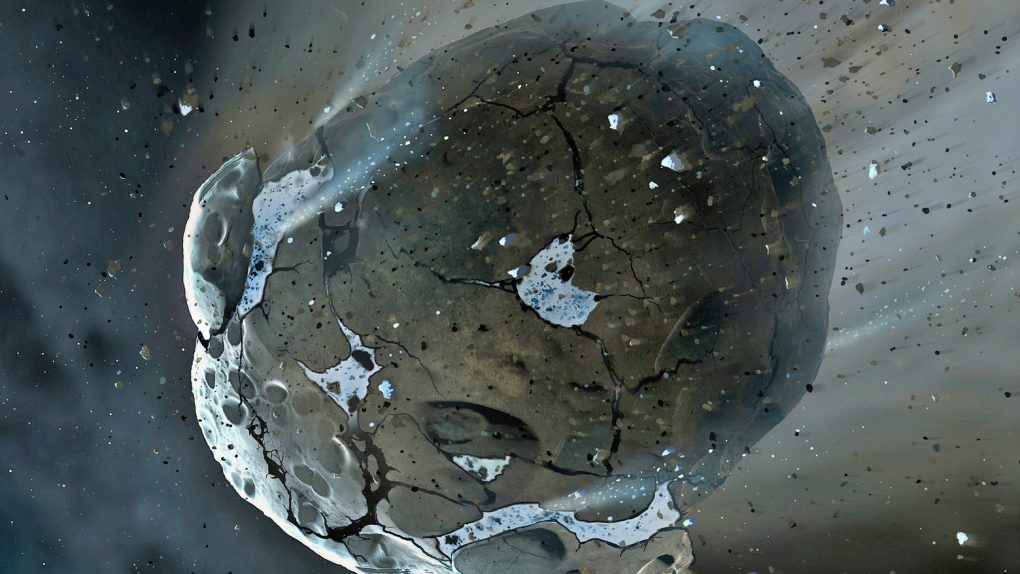If you keep up with space and science news — or, more specifically, news related to asteroids and other threats from space — you’ve probably heard the name Apophis before. In fact, the name alone may be enough to send a chill down your spine, and with very good reason. The space rock known as 99942 Apophis has repeatedly popped up in news articles since its discovery in 2004. The asteroid is one of the more credible threats to Earth and, as scientists continued to study its path through space, they couldn’t rule out a collision with Earth in the years to come.
Eventually, astronomers were able to say with certainty that the rock wouldn’t hit us in 2029 during its next particularly close pass. A strike in the year 2036 was also eventually ruled out, but the year 2068 still held the possibility of a collision between our planet and the beefy space rock. Now, thanks to additional observations of the asteroid from earlier this month, scientists have also ruled out the would-be collision in 2068, paving the way for a quiet 100+ years.
Apophis is large, but at around 1,100 feet wide, it’s not a planet-killer. Nevertheless, an impact from an asteroid of that size would cause incredible damage, especially if it struck near a population center. A landing in the ocean would also be problematic, as it could generate devastating tidal waves and vaporize a whole lot of water.
To give you some additional context on size, the asteroid that is widely believed to have triggered the mass extinction that wiped out the dinosaurs is estimated to have been somewhere between 6 and 10 miles in diameter. Even that colossal crash didn’t wipe out all life on Earth, but if an asteroid of that size struck today it would put our species in a very, very tough spot.
Apophis is much smaller than that, but it still poses a threat and occupies a spot on NASA’s list of potentially hazardous asteroids.
“A 2068 impact is not in the realm of possibility anymore, and our calculations don’t show any impact risk for at least the next 100 years,” Davide Farnocchia of NASA’s Center for Near-Earth Object Studies said in a statement. “With the support of recent optical observations and additional radar observations, the uncertainty in Apophis’ orbit has collapsed from hundreds of kilometers to just a handful of kilometers when projected to 2029. This greatly improved knowledge of its position in 2029 provides more certainty of its future motion, so we can now remove Apophis from the risk list.”
Not having to worry about Apophis for the rest of our lifetimes is obviously great news. It’s not the only asteroid out there, of course, but it was one of the most threatening. We can thank the scientists who tirelessly scan our skies for that peace of mind.








